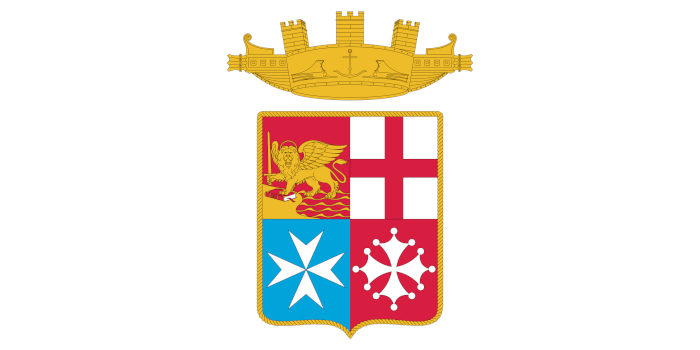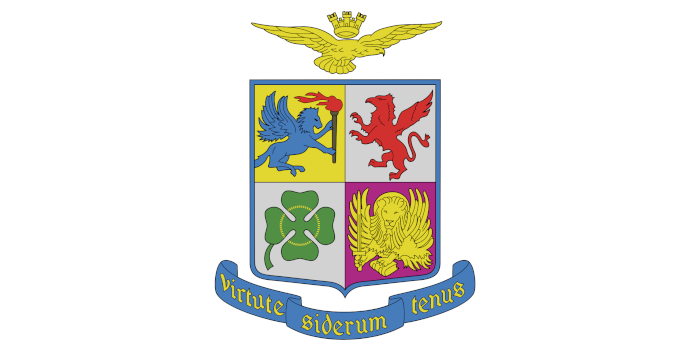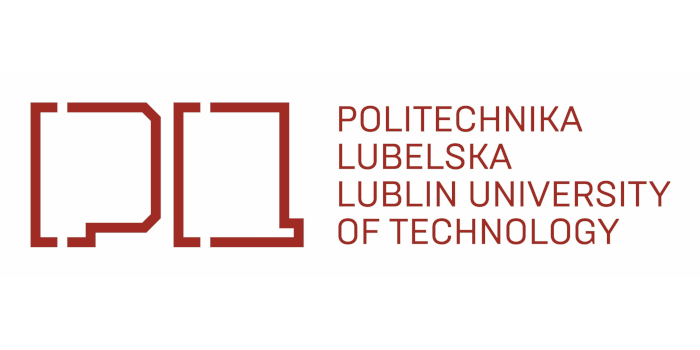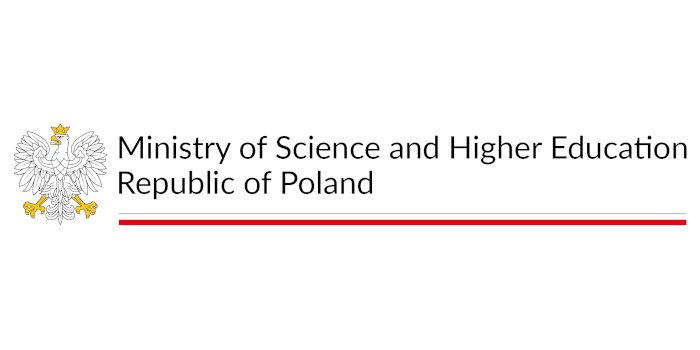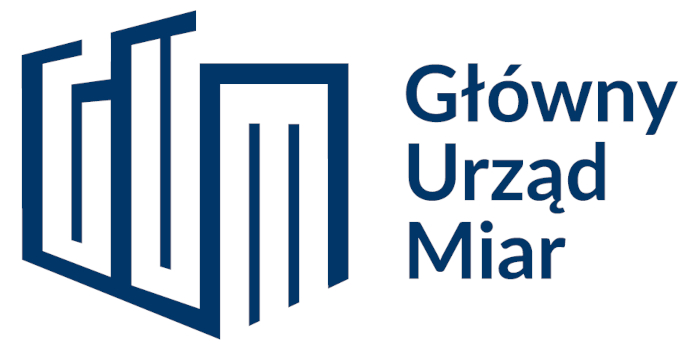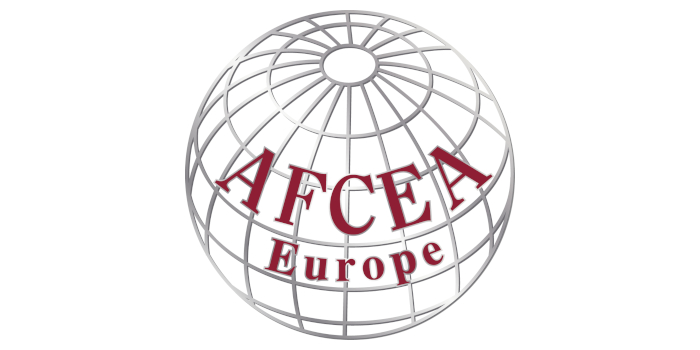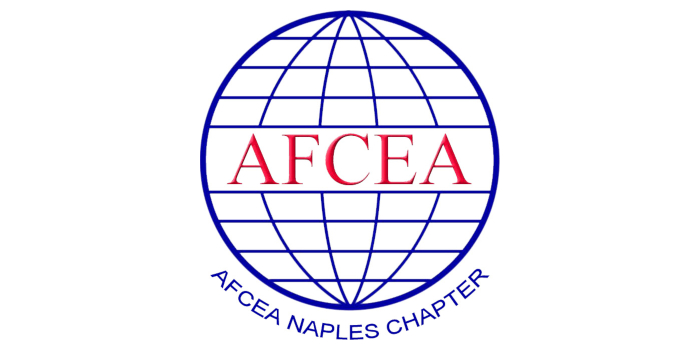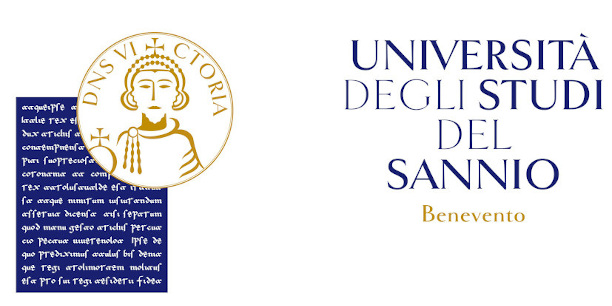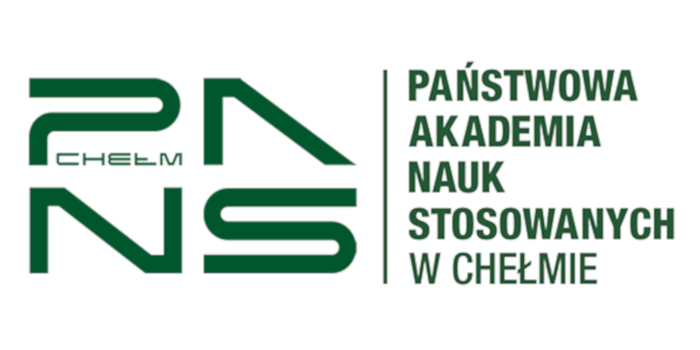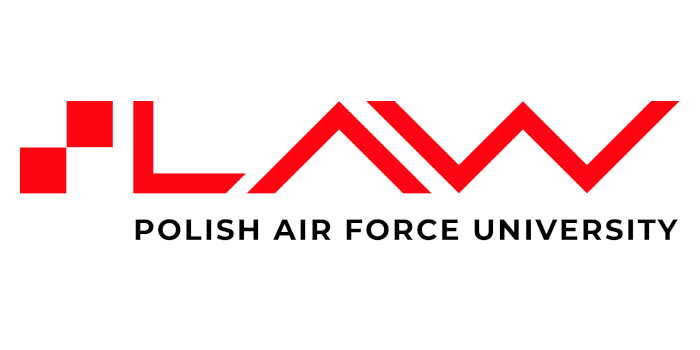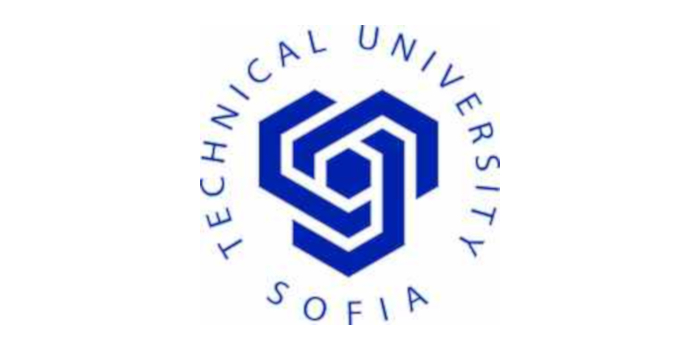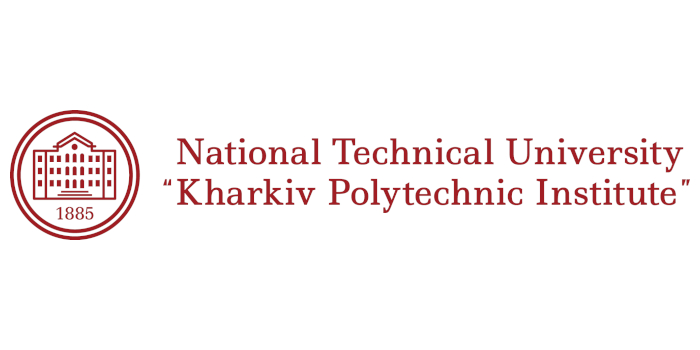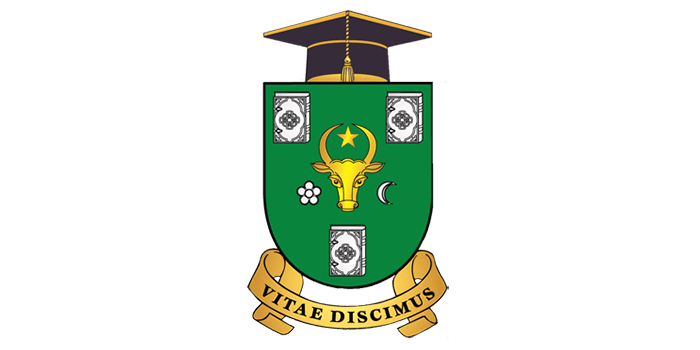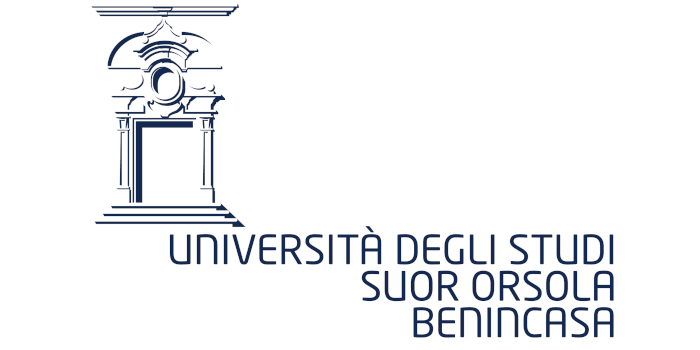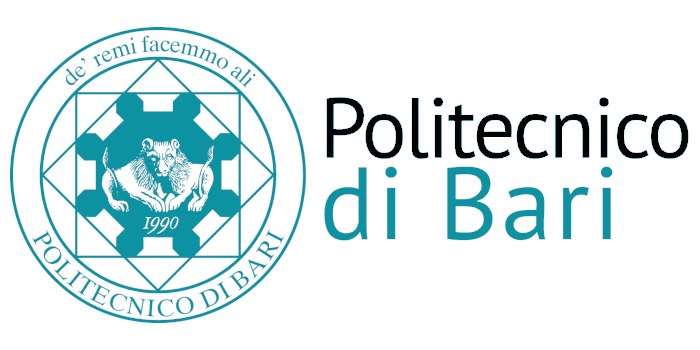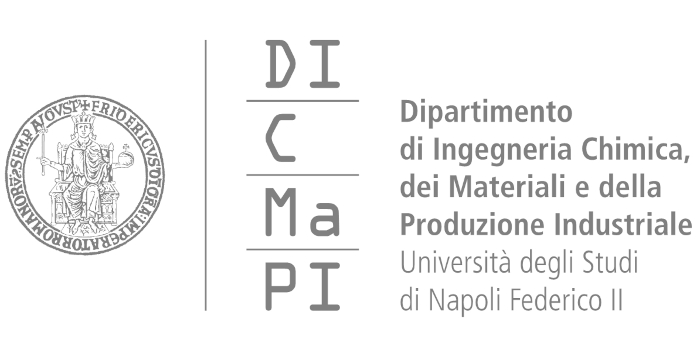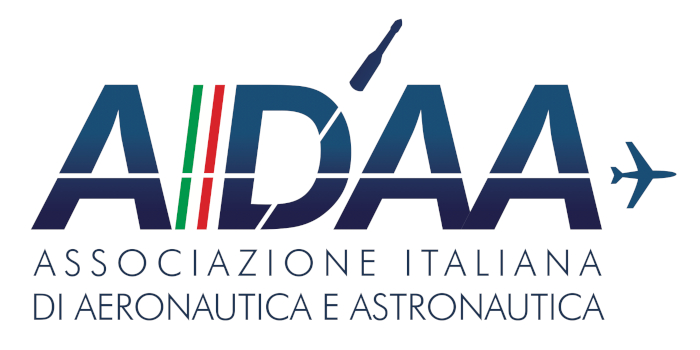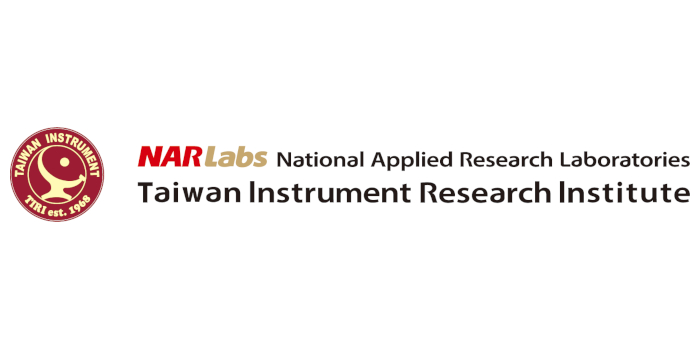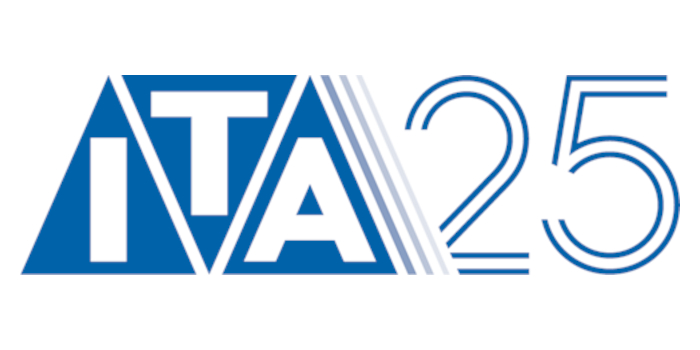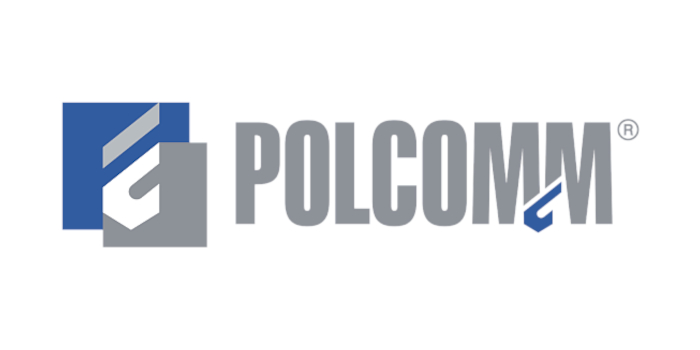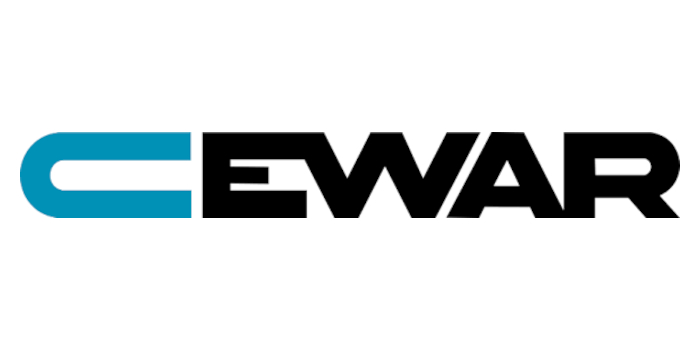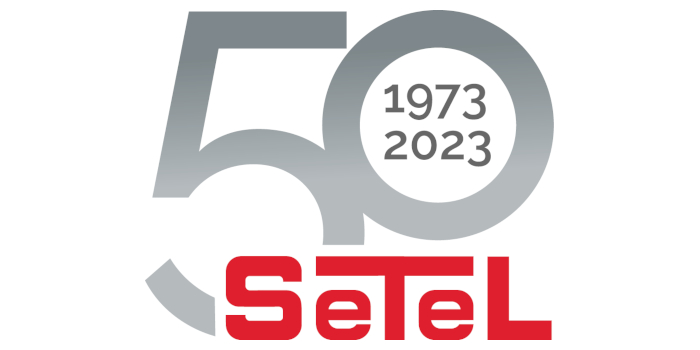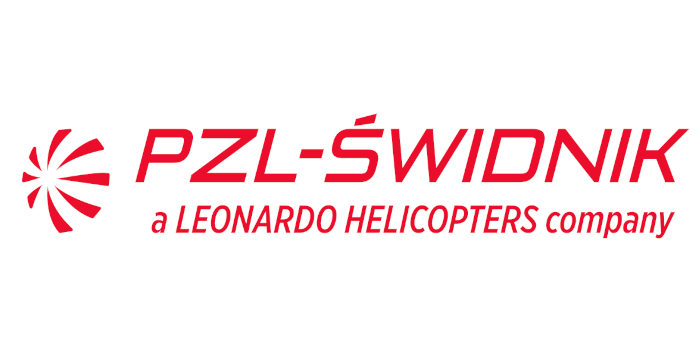SPECIAL TRACK
Criteria and Technologies for the Development of a “New Space” Ecosystem
CASTAWAYS
ORGANIZED BY
Ernestina Cianca
University of Rome Tor Vergata, Italy
Giovanni Giambene
University of Siena, Italy
Alessandro Guidotti
University of Bologna, Italy
Ivan Iudice
Italian Aerospace Research Center, Italy
Claudio Sacchi
University of Trento, Italy
Scope and Topics of the Special Track
For almost 40 years, Space communications found two basic applications: broadcasting and interplanetary information transmission (Moon-to-Earth, Solar System-to-Earth). Terrestrial broadcasting applications also encompass global navigation satellite systems (GNSS), as the principle of radio-localization is based on the broadcasting of positioning signals to Earth by satellites placed in fixed orbits in the Sky. In the last 20 years, some other services took place, e.g., satellite internetworking, substantially revising and adapting existing protocols to the broadcast nature of the satellite and to long delays due to the orbit distances, especially for geostationary orbits (GEO). The efforts spent to seamlessly integrate mobile terrestrial communication standards with satellite links in the perspective of an augmented coverage has led to the development of so-called mega-constellations encompassing thousands of satellites in medium-Earth orbits (MEO) and low Earth orbit (LEO), e.g., Starlink, OneWeb, in order to provide global services. On the other hand, satellite telephony, characterized by efficient global coverage, found a favorable market niche in the framework of emergency communications (e.g., in maritime navigation), however, keeping far from the mass market.
The role of Space in the framework of emerging telecommunication standards (5G and beyond) has been globally revised. Satellite and space segments will not be longer acting as mere support to broadcasting/backhauling or provide mission-specific services for which the a posteriori integration with the terrestrial component is non-trivial; rather, they will become a pillar of future 6G global and ubiquitous connectivity in a unified 3D network architecture, including multiple orbital shells, high altitude platforms (HAPs) and Unmanned Aerial Vehicles [1]–[3]. In this context, 3GPP Release 17 provides the specifications for integrating the Non-Terrestrial Network (NTN) component into the 5G infrastructure. However, aiming at the challenging unified terrestrial/non-terrestrial 6G networks, further enhancements, new technologies, and capabilities shall be designed; these are initially being addressed in 5G-Advanced (Rel. 18-20) and will pave the way for 6G global networks in Release 20+. Such conceptual developments also made the experts in the field speak about “Space 2.0” or “New Space” [4]. The untold claim behind these terms concerns a thorough revision of the concepts that, so far, have characterized satellite and Space networking.
Future Space networks will be interconnected in a Space ecosystem seamlessly integrated with terrestrial networks on a parity basis to reach the objective of global ubiquitous connectivity and augmented resilience. To achieve such very ambitious goals, Space network protocols should be characterized by flexibility and reconfigurability. This will involve an extended software-defined implementation of all the protocols of the Space stack, including the physical layer. Software-defined radios and software-defined networking will represent the key technologies. However, the “New Space” will require to be “intelligent” to optimize the use of resources and to select the optimal information routes. A key role will also be played by the deployment of suitably interconnected satellites, but also may not. A question that we should answer is: “Should we launch more and more satellites, or should we use better the existing satellite resources?” For instance, we should ask whether the strategy of selecting interconnected satellites forming the “backbones in the Sky” is efficient or should be improved. Such considerations introduce crucial concepts of energy efficiency and sustainability. Indeed, the “New Space” should be both “green” and “sustainable.”
The proposed special track, organized in parallel with the IEEE MetroAeroSpace 2024 Workshop, aims at collecting contributions focused on “New Space” technologies, with particular emphasis on softwarization, network intelligence, efficiency, and sustainability in the framework of a renewed vision of the “Space as a whole”, namely an ecosystem that can be integrated on a pair basis with new-generation terrestrial networking infrastructures.
WORKSHOP TOPICS
A preliminary list of CASTAWAYS topics is given as follows:
- Software radios for Space applications.
- SDN and NVF in the Space.
- Reconfigurable metasurfaces for "New Space".
- AI and machine learning for intelligent Space networks.
- Interconnected satellite constellations for “backbones in the Sky”.
- Routing techniques for 3D multi-layer networks.
- Seamless integration of terrestrial and Space networks.
- 3D NTN networks in the framework of ongoing and future standards (5G and 6G).
- Architectures and technologies for 5G/6G verticals via NTN.
- Sustainability-by-design for future Space networks.
- Payload and platform infrastructures for “New Space” systems.
- Navigation-communication integrated systems and applications for the “New Space”.
- Internet of Remote Things (IoRT) and Internet of Space Things (IoST).
- Information security in the “New Space”.
- Interplanetary exploration: Moon and Mars.
- Innovative Space communications and networking techniques for digital-divide mitigation.
- Satellite and aerial communications for emergency recovery in extreme environments.
Workshop Rationale
As already mentioned in Section I, a new era of satellite and Space communications has begun. Consolidated state-of-the-art concepts are being revised and even rediscussed. Upon the “New Space” vision, driven by emerging and future standards like 5G and 6G, the Sky is regarded as an environment, an ecosystem provided by autonomous bi-directional, ubiquitous, global, and resilient connectivity. This will lead to a true revolution in Space technology, whose tangible outcomes will consist of the flourishing of a plethora of new applications and market opportunities besides the current ones. Very recently, some topics about the latest evolution of Space technology have been dealt with in a special section of IEEE TRANSACTIONS ON AEROSPACE AND ELECTRONIC SYSTEMS, managed as lead guest editor by one of the special track organizers [5]. During the 2023 edition of the ICC Conference, a tutorial that involved two of CASTAWAYS proposers provided the audience with some sort of overview of the hot topics concerning the “New Space” ecosystemic evolution 1. We personally believe that the special track topics are really relevant for the community and significantly impact future research on satellite and Space systems. For this reason, a full-immersion day should be dedicated to discussing and deepening these topics in a focused and comprehensive manner. CASTAWAYS special track would offer this unique opportunity to the community working in Space communication research.
The community working in emerging satellite and aerospace technologies is very active worldwide: in Europe, where research projects on satellite topics are funded by the EU Commission, in the USA, where NASA labs and private companies are working a lot on future Space technology, in the Middle-East, and in the Far-East, where new initiatives for deployment of advanced satellite services are continuously arising. For this reason, we are sure that our special track will attract a significant number of top-quality contributions.
We think that the CASTAWAYS special track may also attract a significant number of external attendees. Indeed, the special track structure relies not only on the usual dissemination means (paper presentation, keynote speeches, etc). but also on an industrial panel that will group together around a table some of the most important satellite operators in the World. Moreover, our special track will be explicitly open to fresh contributions coming from students and young researchers (a non-conventional interactive session will be dedicated to them), just to draw a picture of the cutting-edge trends of Space research.
To the best of our knowledge, no related conference or workshop can offer the same comprehensive technological focus on “New Space” topics as CASTAWAYS. In well-known ComSoc events like IEEE ICC, IEEE GLOBECOM, IEEE PIMRC, etc. advanced Space topics are dispersed in general sessions dealing with satellites, 3D NTNs, geolocalization, and interplanetary communications. The same is for conferences of other societies like, for instance, IEEE AEROSPACE CONFERENCE. For this reason, we believe that the CASTAWAYS special track will provide a real added value in terms of scientific contribution and participation to IEEE MetroAeroSpace. Just to review some past events, we did not find a comprehensive event on “New Space” like CASTAWAYS. For instance,, the workshops WS-14: 6th Workshop on Integrating UAVs into 6G and Beyond and WS-15: Workshop on Mega Constellations in the 6G Era have been organized, at ICC 2023 focused on two advanced, but rather specific, Space networking topics. The same is for WS04 of GLOBECOM 2022 (Cellular UAV and Satellite Communications.).
1 C. Sacchi, E. Cianca, R. Bassoli, “Toward a New Vision of Space Communications: Design Philosophy and Technologies”, TUT-26 IEEE ICC 2023, Rome, June 1st, 2023.
WORKSHOP ORGANIZERS' BIOGRAPHIES
Alessandro Guidotti (Member, IEEE) received a Master degree (magna cum laude) in telecommunications engineering and a Ph.D. degree in electronics, computer science, and telecommunications from the University of Bologna, Italy, in 2008 and 2012, respectively. From 2009 to 2011, he was a representative for the Italian Administration within CEPT SE43. In 2011 and 2012, he was a Visiting Researcher at SU-PELEC, Paris, France. From 2014 to 2021, he was a Research Associate with the Department of Electrical, Electronic, and Information Engineering “Guglielmo Marconi,” University of Bologna. From 2021, he is a Researcher with the National Inter-University Consortium for Telecommunications (CNIT), at the University of Bologna unit. He is active in national and international research projects on wireless and satellite communication systems in several European Space Agency and European Commission-funded projects. He has been serving as TPC and Publication Co-Chair at the ASMS/SPSC Conference since 2018 and he is Workshop Co-Chair of the 2023 IEEE International Conference on Wireless for Space and Extreme Environments (WiSEE). His research interests include wireless communication systems, Satellite Communications and their integration in 5G/6G, interference management, and Machine Learning.
Ivan Iudice received the B.S. and M.S. degrees in telecommunications engineering in 2008 and 2010, respectively, and the Ph.D. degree in information technology and electrical engineering in 2017, all from the University of Napoli Federico II, Italy. Since 2011, he has been with the Italian Aerospace Research Centre (CIRA), Capua, Italy. He first served as part of the Electronics and Communications laboratory and, since November 2020, he has served as part of the Security of Systems and Infrastructures laboratory. He participated in European and national projects. Since 2014 he is part of the SPRINT research group (Signal PRocessing and INnovative Transmissions) involving members of Universit`a di Napoli Federico II, Naples, Italy. He serves as a reviewer for several international journals and he served as TPC member for several special sessions in international conferences. He is the author of several papers in refereed journals and international conferences. His research activities lie in the area of signal and array processing for communications, with current interests focused on physical-layer cyber security and space-time techniques for cooperative communications systems.
Giovanni Giambene received a Dr. Ing. degree in Electronics in 1993 and a Ph.D. in Telecommunications and Informatics in 1997, both from the University of Florence, Italy. From 1994 to 1997, he was with the Electronic Engineering Department of the University of Florence, Italy. In 1999, he joined the Department of Information Engineering and Mathematical Sciences of the University of Siena, Italy. Currently, he is an associate professor, teaching the first-level course on Fundamentals on Telecommunications and the advanced course on Networking at the University of Siena. He was vice-Chair of the COST 290 Action (2004-2008), entitled “Traffic and QoS Management in Wireless Multimedia Networks” (Wi-QoST). He participated in the projects: (i) the SatNEx I, II, III, and IV; (ii) the EU FP7 Coordination Action “Road mapping technology for enhancing security to protect medical & genetic data” (RADICAL); (iii) the COST Action IC0906 (2010-2014) “Wireless Networking for Moving Objects” (WiNeMO); (iv) the EU FP7 Coordination Action RESPONSIBILITY coordination action. At present, he is involved in the ESA SatNEX V project. Giambene is IEEE senior member and has been nominated IEEE Comsoc distinguished lecturer 2021-2023. Since 2015, he has been an IEEE Transactions on Vehicular Technology editor.
Ernestina Cianca is an Associate Professor at the Dept. of Electronic Engineering, University of Rome Tor Vergata; Director of the M.Sc. on “Engineering and International Space Law in Communication, Navigation, and Sensing via satellite; vice-Director of the Interdepartmental Research center CTIF (Center for TeleInFrastructures), the Italian node of an international network with centers in Europe, Asia, and the USA whose focus is on interdisciplinary research and in particular the use of ICT for vertical applications (biomedicine, health, food, industrial, energy, cultural heritage, economics, law). She has coordinated several projects with the Italian Space Agency and ESA and participated in European and national projects. Her research activity is focused on wireless access technologies and in particular waveforms design, optimization and performance analysis of radio interfaces both for terrestrial and satellite communications. An important part of her research has focused on the use of EHF bands (Q/V band, W band) for satellite communications and on the integration of satellite/terrestrial/HAP (High altitude Platforms) systems. Currently, her main research interests are in the use of radio-frequency signals (opportunistic signals) for sensing and localization. She is the author of more than 150 papers published in international journals and conference proceedings.
Claudio Sacchi received the Laurea Degree in Electronic Engineering, and the Ph.D. in Space Science and Engineering at the University of Genoa (Italy) in 1992 and 2003, respectively. From 1996 to 2002, he has been research cooperator with the University of Genoa, Dept. of Biophysical and Electronic Engineering (DIBE), and with the National Italian Consortium in Telecommunications (CNIT). Since In August 2002, Dr. Sacchi has joined the Department of Information Engineering and Computer Science (DISI) of the University of Trento (Italy), covering the role of assistant professor. He upgraded to the position of associate professor in December 2020. Claudio Sacchi is the author and co-author of more than 120 papers published in international journals and conferences. In 2011, he was guest editor of the special issue of PROCEEDINGS OF THE IEEE: Aerospace Communications: History, Trends, and Future. Moreover, in 2015, he was guest editor of the featured-topic special issue of IEEE COMMUNICATIONS MAGAZINE: Toward the Space 2.0 Era. Since 2019, Dr. Sacchi has been coordinating and chairing the IEEE AESS technical panel: “Glue Technologies for Space Systems” that was awarded by AESS as “Outstanding Panel of the Year” in 2020 and 2021. Claudio Sacchi is a senior member of IEEE and a member of the IEEE ComSoc, IEEE BTS, IEEE VT, and IEEE AESS Society.
REFERENCES
- C. Sacchi, M. Ruggieri, K.-M. Cheung, M. Marchese, F. Granelli, V. Popescu, M. Rice, M. Murroni, N. Conci, C. Schlegel, T. Rossi, and M. Noble, “Glue technologies for space systems: An introduction to a new aess technical panel,” IEEE Aerospace and Electronic Systems Magazine, vol. 35, no. 1, pp. 46–54, 2020.
- A. Guidotti, A. Vanelli-Coralli, V. Schena, N. Chuberre, M. El Jaafari, J. Puttonen, and S. Cioni, “The path to 5g-advanced and 6g non-terrestrial network systems,” in 2022 11th Advanced Satellite Multimedia Systems Conference and the 17th Signal Processing for Space Communications Workshop (ASMS/SPSC), 2022, pp. 1–8.
- G. Giambene, S. Kota, and P. Pillai, “Satellite-5g integration: A network perspective,” IEEE Network, vol. 32, no. 5, pp. 25–31, 2018.
- C. Sacchi, K. Bhasin, N. Kadowaki, and F. Vong, “Toward the ”space 2.0” era [guest editorial],” IEEE Communications Magazine, vol. 53, no. 3, pp. 16–17, 2015.
- C. Sacchi, F. Granelli, M. Marchese, K.-m. Cheung, and M. Noble, “Foreword to the special section on information and communication technologies (ict) for a new space vision,” IEEE Transactions on Aerospace and Electronic Systems, vol. 58, no. 5, pp. 3743–3745, 2022.



